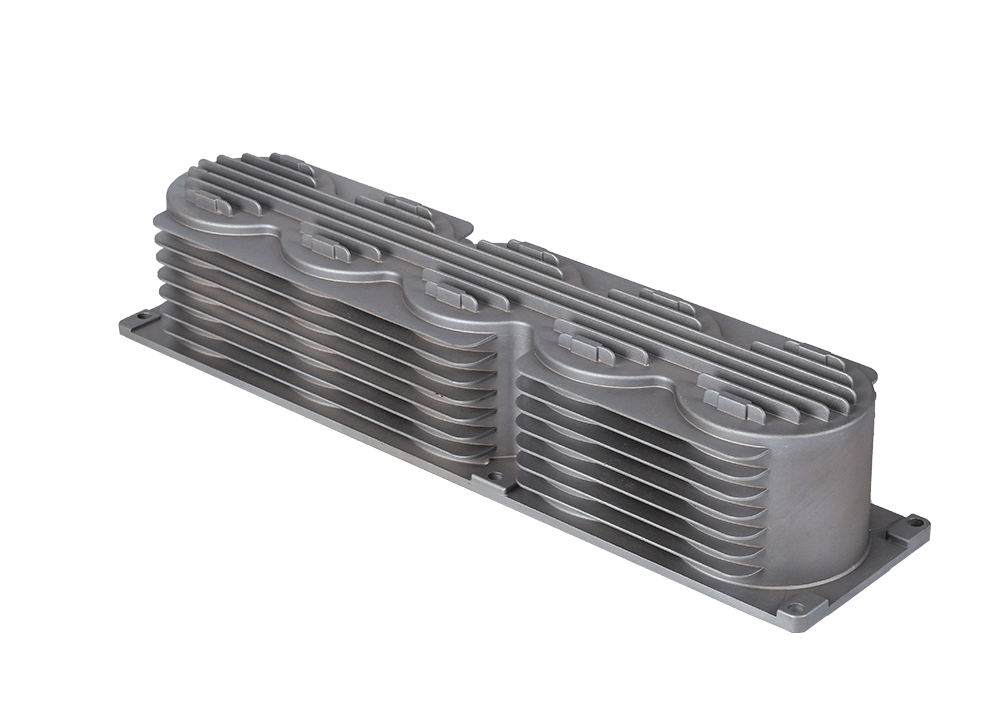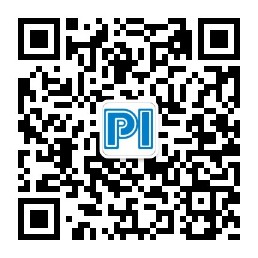Time:2023-10-19 Preview:
The difference between mechanical processing and CNC machining
CNC machining is a type of mechanical processing, which is a fully automatic processing method. By manually inputting instructions, the machine can operate and process the required parts according to the instructions. It is easy to program, flexible to use, efficient, and saves manpower.
There are many types of mechanical processing, including manual, semi-automatic, and fully automatic. The first two have lower work efficiency.

CNC machine tools generally consist of the following parts:
1. The host is the theme of CNC machine tools, including mechanical components such as the machine body, column, spindle, and feed mechanism. He is a mechanical component used to complete various cutting processes.
2. CNC equipment is the core of CNC machine tools, including hardware (printed circuit boards, CRT displays, keyboxes, paper tape readers, etc.) and corresponding software, used to input digital part programs, and complete the storage of input information, data transformation, interpolation operations, and implementation of various control functions. CNC machinery
3. The drive device is the driving component of the execution mechanism of a CNC machine tool, including the spindle drive unit, feed unit, spindle motor, and feed motor. He achieves spindle and feed drive through an electrical or electro-hydraulic servo system under the control of a CNC device. When several feeds are linked, it can complete the processing of positioning, straight lines, planar curves, and spatial curves.
4. Auxiliary devices are necessary supporting components of index controlled machine tools to ensure the operation of CNC machine tools, such as cooling, chip removal, lubrication, lighting, monitoring, etc. It includes hydraulic and pneumatic devices, chip removal devices, exchange workbenches, CNC turntables and CNC indexing heads, as well as cutting tools and monitoring and detection devices.
5. Programming and other auxiliary equipment can be used to program and store parts outside the machine.
 Related News
Related News·How many steps do I need to design the design of the machining mold? ·The structure and application of the Longmen Processing Center ·What are the process documents of the CNC gantry machining center? ·CNC processing center work failure brief analysis · How to remove the mechanical parts processing ·The function of CNC controller ·Analysis of Automotive Parts Processing Process · The main functions of CNC milling machine for aluminum profile high gloss machine ·There are four kinds of fire in metal die-casting proces ·Physicochemical Function and Welding Technology of CNC Precision Parts Processing


